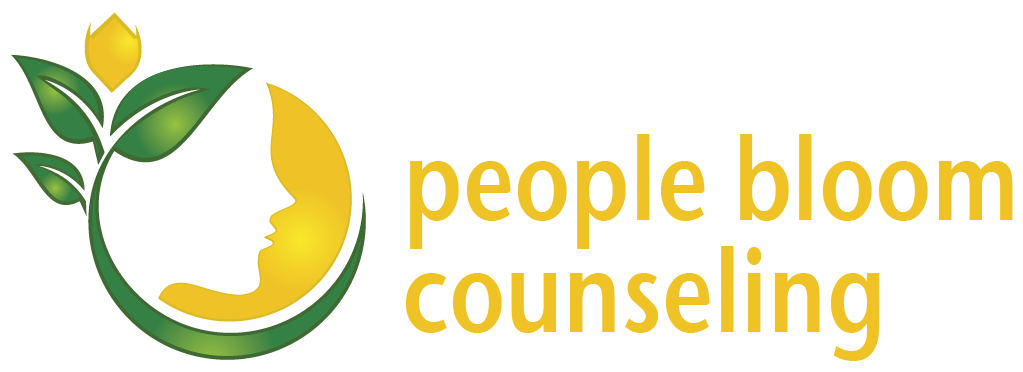gretalarosa/stock.adobe.com
I was born a little skittish. I get startled easily when I see and hear something I don’t expect. I had to tell my husband early on in our marriage to make noises as he enters the room. Otherwise, I’d scream bloody murder, which would freak him out. Oh, and I don’t like scary movies. Husband got into a kick recently and watched the three original Alien movies while I was out-of-town. Good, cuz it ain’t happening when I’m home.
The thing is, we’re all wired a certain way, along the continuum of higher versus lower threshold for fear. It’s not a right or wrong, good or bad. It just is. But, what’s the point of fear? Is it even necessary? Ever wondered where fear came from?
The origin of fear
Too many million years ago during the age of saber-tooth tigers, wonderful men hunted and awesome women gathered. Whether they were out in the fields or back at the shelter, they had to be on hyper alert for wildlife. They were either going to have lunch or be lunch. With that hard-wired alert for danger, those who were careful and watchful procreated and lived on. Those who had a low radar for fear and lived a carefree life did not.
What does this mean for us in 2017?
Real threats
Though we’re no longer living amongst saber-tooth tigers, some threats in our lives are very real. It could be a life threatening illness, an accident, any other traumatic events or threats to our dignity as people. During these moments, our fears make sense and fit the facts of the situation. These threats ought to make us have the automatic reactions of fight, flight or freeze. When our fears are justified, we should take action to effect change where we can. This is for our survival and the survival of people we care deeply about.
Perceived threats
There are real threats and then there are perceived threats. Perceived threats are when you’re no longer in the car accident, in the abusive relationship, in the situation that made you feel so threatened and yet, you live as though you’re still in that life-threatening event. Or, your fears are not tied to something that has happened, but a fear that something might happen. You then avoid places, people and activities that might remind you of your fears, examples being you do less because you fear failing or embarrassing yourself in public. When checking the facts of the situation, you realize the probability of something bad happening is very low, or your fears may be unpleasant, but they’re not life-threatening. What are you to do?
Facing perceived threats one of two ways
When your fears are not justified, it is important that you learn to face your fears. I share two approaches here:
- Whatever you’re afraid of doing, do it over and over again.* Not kidding you. When there is little evidence for why you should be afraid of something that has occurred in the past or might occur in the future, the way to overcome that fear is to face it head on. Do the very things you want to avoid with consistency. Is it public speaking? Getting behind the steering wheel? Watching certain shows that might be triggering? Take baby steps to overcome your fears by approaching, rather than withdrawing. Overtime, you’ll feel more in control over your fears.
- Harry Potter shows us another way to face our fears during a boggart lesson:
We can have a different relationship with our fears.** Put in its original context, Ron’s afraid of spiders, Harry Dementors, and Professor Lupin a full moon. When they cast the spell Riddikulus and envision something humorous, the shape-shifting boggart assumes a comical form. Followed by outright laughter, they had the power to make the boggart disappear!
While we don’t have this power at our disposal during current times, Professor Lupin’s lesson is for all of us. Can we see our fears differently, and therefore, relate with them differently? What if a natural disaster turned into a ribbon twirling performance, social humiliation took the form of people high fiving you, and the car accident transformed into a scene from Fantasia?
Facing your fears together
Don’t let the fears of your fears hold you back! If you need help facing your fears or otherwise make them ridiculous, well, you know where to find me.
* Borrowed from Cognitive Behavioral Therapy and Dialectical Behavior Therapy
** Borrowed from Acceptance Commitment Therapy
Ada Pang is the proud owner of People Bloom Counseling, a Redmond psychotherapy practice in WA. She mostly helps unhappy couples and breast cancer patients. She also loves helping people address fears that hold them back in life. Her favorite Harry Potter films are the Order of the Phoenix and the Deathly Hallows: Part 2. Her worse fears are, well, she can identify with Ron.












